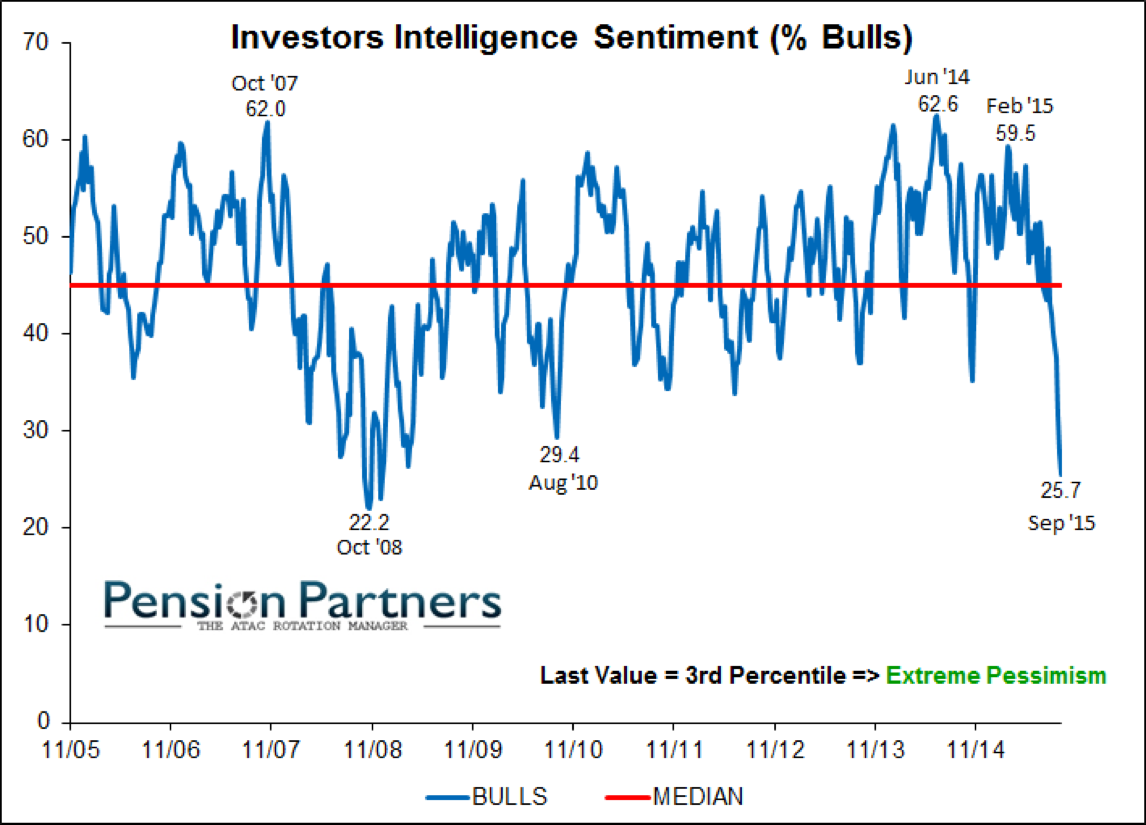Throughout my 15+ year as an investment adviser I am consistently asked about “fill in the blank" with your favorite investing topic dejour. As always, the person inquiring was watching or listening to a financial news media outlet where they were recommending investors “fill in the blank”. Inevitably when these times arise it takes everything I have not to come unglued (and sadly I must admit I have not been as successful as I wish). I become bothered not because they are asking but because they are being played, a pawn in the game and they don’t see it. Not being the most eloquent of communicators, I struggle with providing a polite response. If I only had a compelling, canned response I could help people see the error in their ways and hopefully save them some money. I recently read an article from Jason Zweig (one of the few financial media who I feel is worth listening to) that provides just that. I wanted to share some of it with you. If you can, print it out and tuck it away in your sock drawer and the next time you have the urge to turn on “fill in the blank”, pull it out and instead go do something more fun and productive such as “fill in the blank” as that will likely provide a more positive impact to your life.
If you want to learn more about Jason you can find it here or read the entire article here.
The emphasis added is mine
=======================================
I was once asked, at a journalism conference, how I defined my job. I said: My job is to write the exact same thing between 50 and 100 times a year in such a way that neither my editors nor my readers will ever think I am repeating myself. That’s because good advice rarely changes, while markets change constantly. The temptation to pander is almost irresistible. And while people need good advice, what they want is advice that sounds good.
The advice that sounds the best in the short run is always the most dangerous in the long run. Everyone wants the secret, the key, the roadmap to the primrose path that leads to El Dorado: the magical low-risk, high-return investment that can double your money in no time. Everyone wants to chase the returns of whatever has been hottest and to shun whatever has gone cold. Most financial journalism, like most of Wall Street itself, is dedicated to a basic principle of marketing: When the ducks quack, feed ‘em.
In practice, for most of the media, that requires telling people to buy Internet stocks in 1999 and early 2000; explaining, in 2005 and 2006, how to “flip” houses; in 2008 and 2009, it meant telling people to dump their stocks and even to buy “leveraged inverse” exchange-traded funds that made explosively risky bets against stocks; and ever since 2008, it has meant touting bonds and the “safety trade” like high-dividend-paying stocks and so-called minimum-volatility stocks.
It’s no wonder that, as brilliant research by the psychologist Paul Andreassen showed many years ago, people who receive frequent news updates on their investments earn lower returns than those who get no news. It’s also no wonder that the media has ignored those findings. Not many people care to admit that they spend their careers being part of the problem instead of trying to be part of the solution.
My job, as I see it, is to learn from other people’s mistakes and from my own. Above all, it means trying to save people from themselves. As the founder of security analysis, Benjamin Graham, wrote in The Intelligent Investor in 1949: “The investor’s chief problem – and even his worst enemy – is likely to be himself.”
One of the main reasons we are all our worst enemies as investors is that the financial universe is set up to deceive us.





